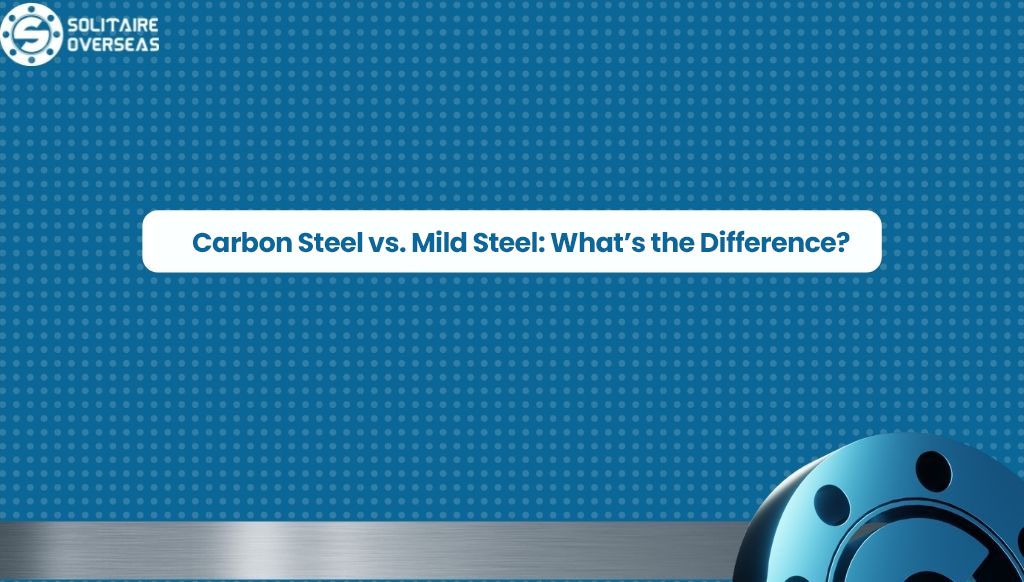Carbon Steel vs. Mild Steel: What’s the Difference?

Many individuals are familiar with steel but may benefit from a deeper understanding of the various types of steel in use today. Among these, carbon steel and mild steel stand out as popular choices. Although these two metals may share a superficial resemblance, they possess clear distinctions that differentiate them. A closer examination of these differences can aid in making an informed decision about which type is most suitable for a particular project.
Properties of Carbon Steel and Mild Steel
Both carbon steel and mild steel are iron-based alloys with varying carbon content, setting them apart in terms of hardness and malleability. Carbon steel, distinguished by higher carbon levels, exhibits superior strength, making it suitable for robust projects. In contrast, mild steel, with lower carbon content, is more malleable and ductile, making it easier to shape without compromising structural integrity.
Applications of Carbon Steel and Mild Steel
The distinctive properties of carbon and mild steel render them appropriate for diverse applications. Carbon steel finds its place in construction for its robustness, while mild steel is preferred in automotive components due to its formability without compromising strength. Both metals serve manufacturing purposes, with carbon steel excelling in high-strength and wear-resistant applications, such as knives and cutting implements, while mild steel’s malleability makes it ideal for forging, welding, and machining.
Carbon Steel vs. Mild Steel
Composition
While both metals comprise iron, carbon steel contains a higher percentage of carbon, rendering it harder and stronger than mild steel. In comparison, mild steel, with a lower carbon content, is more ductile and malleable.
Advantages
The primary advantage of carbon steel lies in its strength, being up to 20% stronger than mild steel. Additionally, carbon steel exhibits greater hardness and wear resistance and is less prone to rusting compared to mild steel.
Disadvantages
However, the higher carbon content makes carbon steel more expensive than mild steel. Additionally, carbon steel is more challenging to weld, limiting its suitability for welding-intensive applications.
Conclusion
In conclusion, both carbon steel and mild steel offer unique advantages based on specific project requirements. Mild steel is an excellent choice for projects requiring high strength without brittleness, while carbon steel excels in applications demanding exceptional strength and wear resistance. Understanding these differences aids in selecting the most suitable material for your project.
When it comes to unmatched reliability and efficiency in heat exchanger applications, look no further than SA179 Tubes. Rely on our proven quality and industry expertise to provide innovative and cutting-edge solutions tailored to meet your specific industrial requirements.
For more information, reach out to us today!
